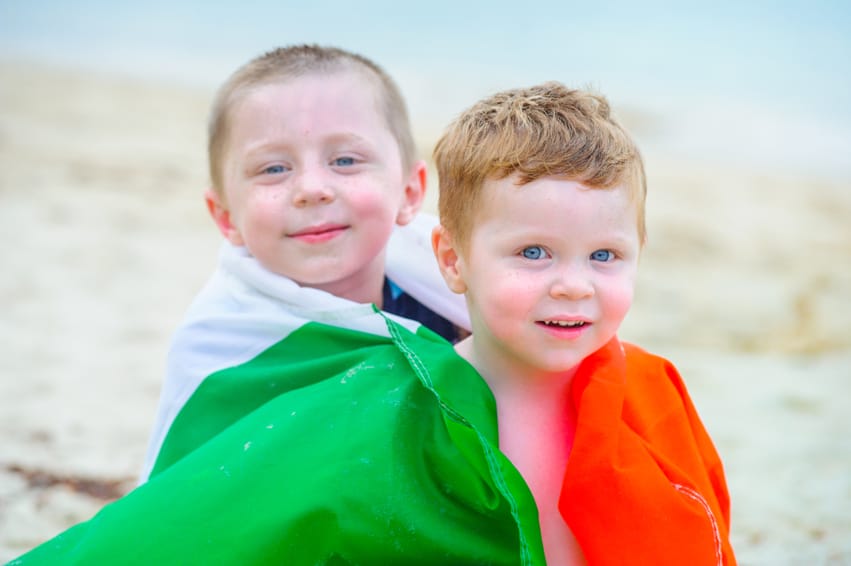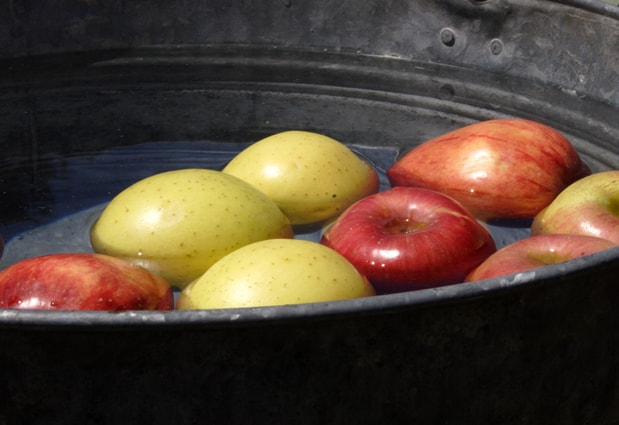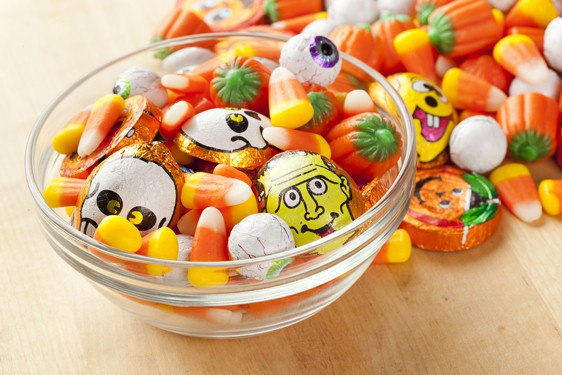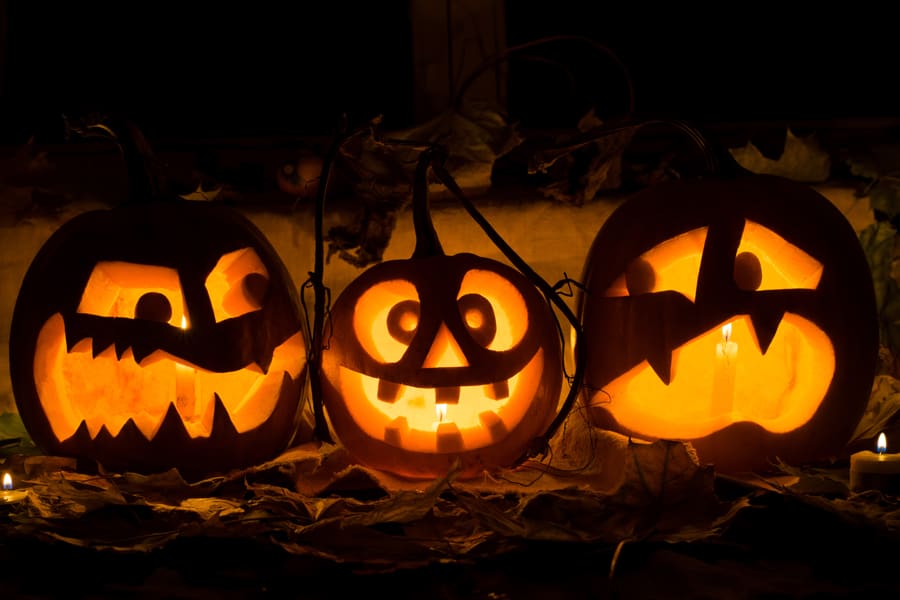From the fear of evil spirits to fear of cavities and tummy aches, the spooky history of Halloween’s beginning is nearly forgotten. The celebrations surrounding Halloween today encourage families to spend time together and get out with neighbors and members of the community. Dressing up in inflatable T-rex costumes for a few chuckles and sharing terrific memories on social media is also much of the fun.
Halloween began thousands of years ago as a ceremony honoring a merger between the living world and the spirit world. Little evidence of the history of Halloween remains. Halloween traces back to the festival known as Samhain (pronounced Sow-in). Samhain is a Celtic festival originating 2000 years ago. The festival marked the end of summer and the beginning of the cold months which were often associated with death, death, death.
The Celtic tradition of Halloween.

The Celtic people dressed in animal skins and lit bonfires to fight off the spirits of the dead who had returned from the spirit world. They wore masks hoping that perhaps those trouble-making spooks would mistake them for a fellow spirit, and leave them be. Treats were left on front porches to appease the spirits and keep the ghosts of the dead from damaging crops. Without nightly news to tell them otherwise, and a dependence entirely on the natural world, they believed the ceremony was vital to life.
The history of Halloween tells us the ancient Celts believed that because the spirit and living world lines were blurred, fortune telling became more fluid. Many of the spooky traditions that have been diluted down into our modern-day Halloween activities began as fortune-telling activities. A turnip or pumpkin was once carved with the letters of the alphabet. It was believed the squash would reveal the first letter of the name of a young woman’s future husband.
What’s the history behind All Hallows Eve?

Essentially, Halloween is not even the holiday, it is the eve of the holiday. The history of Halloween reveals that the Romans took the Pagan Samhain festival to new levels. Mixing in a Christian tribute to martyrs and saints and creating All Saints day which is celebrated on November 1st. A second festival was added to honor the Roman Goddess of fruit. Perhaps this is where bobbing for apples became common Halloween practice. Many of the original ceremonies remained including bonfires, parades, and dressing up. The festival of Samhain became known as ‘All Hallows Eve,’ which later evolved to ‘Halloween.’ The ceremony and celebration of what is now known as Halloween have evolved many times over thousands of years.
The History of Halloween Trick-or-Treating

Trick-or-treating as it’s done today began in the 1930s with children receiving fruits and nuts, not candy. This practice might get your house tee-peed today! With 1/4 of all candy purchased annually, specifically for Halloween, it’s a day for kids to replenish their candy stashes. Trick-or-treating from childhood a generation ago has even evolved. Instead of sending children out alone to travel door-to-door for candy, there are trick-or-treat events. You can find events at local malls, through downtown businesses, and even in church parking lots. Church members decorate the trunks of their cars for an easy-peasy “trunk-or-treat.”
Related articles:
- 15 Best Halloween at the Zoo Events
- 8 Trick-or-Treating Alternatives for Halloween
- BabyQuip Baby Gear Rentals: How to Get Started
The surprising cost of Halloween.

The most frightening aspect of Halloween today is the cost. Some parents shell out big bucks on store-bought costumes. Others hope for savings on DIY get-ups only to have that idea crushed with one trip to the fabric store. The popular costume themes haven’t changed all that much over the years. Decades ago, kids dressed up as princesses, superheroes, Star Wars characters, and witches. Those costumes remain the most popular today, but the price tag has gone way up.
Parents spend an average of $75 per child on Halloween, making Halloween the highest-grossing holiday second only to Christmas. Then there’s candy, glow sticks, and trick-or-treat buckets. Visits to the corn maze and haunted houses will set you back a little more.
Don’t sweat it if you can’t grow a pumpkin-like the Celts. Those irresistible front porch resin pumpkin decorations at the home decor store will suffice, but they’re not cheap. Rest assured, part of the money spent on costumes and decorations will be recouped. 90 percent of parents say they secretly steal some of their kids’ tasty Halloween loot.
Halloween got off to a slow start in America.

The new world didn’t jump on the Halloween train right away. For many years, Puritans in the new world did not observe the traditional festival of October 31st with its pagan roots and spooky witchcraft whisperings. Being the fondue melting pot that it is, America welcomed immigrants from many different nations and backgrounds and their traditions and history came with them. The ‘Americanized’ Halloween took its first breaths around the middle of the 19th century. Yet Halloween was still not observed regularly throughout America. That all changed when an influx of Irish immigrants. Fleeing the potato famine in the late 19th century, they brought the party with them. Kiss an Irishman if you love Halloween!
From saving crops and warding off death, to saving 30 percent on a costume, and warding off candy corn, present-day Halloween bares a scant resemblance to the actual history of Halloween. It has become increasingly kid-friendly and commercialized, just how Americans like their holidays!

Angela is a hardworking wife and mother. She is a radio personality and a BabyQuip Quality Provider. She lives with her husband, Scott who also works in radio. Their five children are Lincoln, Sunny, Anthem, Braddock and Loxley. She lives in Lebanon, Oregon.



I believe that is among the so much vital information for me.